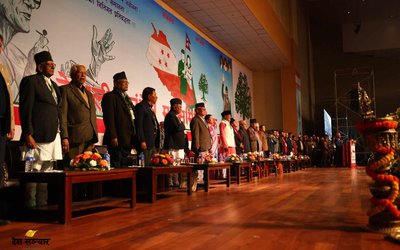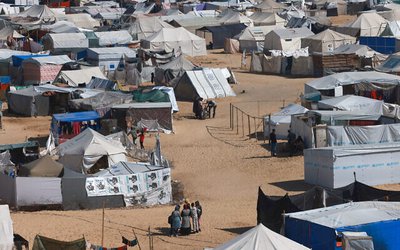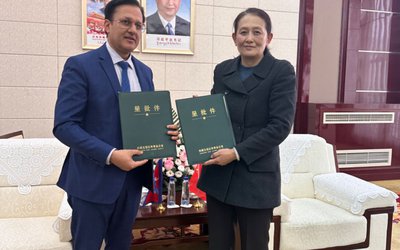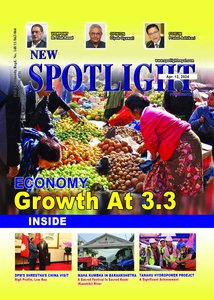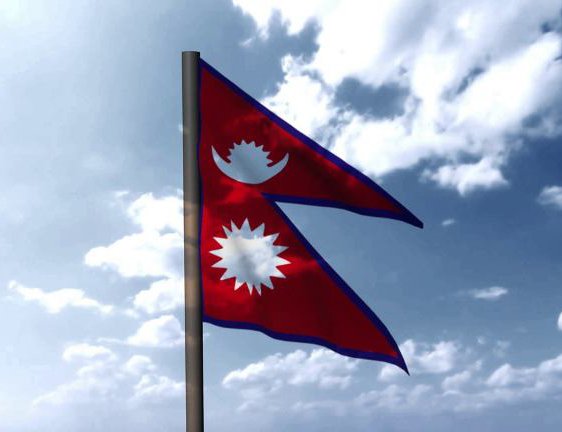
It took more than two months, and a public spat, before President Bidhya Devi Bhandari would sign the ordinance for the formation of the Rashtriya Sabha, the first upper house of the parliament. While the ordinance paves the way for the formation of the upper house on the basis of the “single transferable vote system” and clears the initial hurdle in forming a parliament and the government under the new constitution, it does not guarantee that the implementation of the two-year-old constitution will be smooth.
Nepal’s 1991 constitution was a product of elaborate discussions among political parties, the king and constitutional experts. It contained all the core principles of constitutionalism, including a multi-party parliamentary democracy. It died an unnatural death in 2006. The 1991 constitution was a document of understanding reached by three sections representing different views of the public, the Nepali Congress, communists and the monarchy. It was the natural casualty when the Maoists, who argued for secularism and republicanism, came to the forefront of Nepali politics.
The 2017 constitution was a product of deliberations among the top leaders of three major parties — the Nepali Congress, Communist Party of Nepal-Unified Marxist Leninist and the Communist Party of Nepal-Maoist Centre. The common people had little say in its preparation. These top leaders “whipped” their legislators to raise their hands in “aye” when the provisions of the constitution were taken up for voting and adoption in September 2017. Besides, two Madhes-based parties — the Federal Socialist Forum and Rastriya Janata Party, which have now acquired national party status on the basis of the current mandate — refused to recognize the constitution. Their reservations remain. The Nepali Congress and the UML, the two parties that were together at the time of the making of the constitution, have fallen out. President Bhandari felt compelled to endorse the ordinance following a warning from Prime Minister Sher Bahadur Deuba and his Nepali Congress that they would not proceed with any constitutional appointments and process otherwise.
The euphoria generated by the poll outcome is slowly vanishing. With the proposed merger of the UML and Maoists unlikely in the immediate future, the new 275-member parliament will be a divided house: The UML will be the largest party, followed by the Nepali Congress and the Maoists. The Madhes-based parties, the Forum and RJP, are fourth and fifth in terms of number of MPs. In the absence of any single party holding a majority, political instability is unlikely to end in the near future. The CPN Maoist-Centre may join the UML-led coalition, however, the party appears reluctant to merge with the UML. The Maoist leadership fears that its “revolutionary” agenda will be compromised in the event of a merger.
Political instability suits the international community fine. But animosity towards their role is palpable in the country. The government recently summoned the chief of UK aid agency DFID and warned that anti-national activities under the guise of developmental activities were unacceptable. The government is also cold to a move by the UN Resident Coordinator’s office to conduct a certain “social mapping”, which the authorities feel is beyond the mandate of the UN office.
The UN, European Union and DFID are not the only agencies likely to draw flak from the new government. India is fast losing influence in Nepal and China is gaining ground. This is likely to impact bilateral relations and power equations in the region. Most Indian ambassadors who served in Nepal during the years of transition and turmoil are worried over China’s larger presence and are asking New Delhi to regain its lost space. But no one seems to say how.
Prashant Jha writes in Hindustan Times that India had in 2015 asked Madhesi groups to promulgate their own constitution for an independent Madhes, implying that India supported Nepal’s division. With India’s popularity and influence at all-time low in Nepal, and with China emphasising that it respects Nepal’s integrity and sovereignty, this revelation is likely to generate more distrust towards India. Prakash Koirala, a former minister and perceptive political observer, argues that if the Indian bureaucracy has realised that its Nepal policy has brought China closer to Nepal, the political leadership in India must take a note of it and course correct.
Nepal’s transition to a federal republic is likely to be an expensive affair, with an estimated Rs 830 billion required to set up basic infrastructure. A non-delivering federalism may turn out to be the first challenge to the implementation of the constitution. Political instability may also allow the outside world to interfere. However, the main challenges post-election Nepal faces is whether the domestic actors will be able to strike the right balance between traditional and modern forces, and whether the constitutional authorities, including the president, can act in a fair and neutral manner and, of course, within the constitutional framework.
The trends are neither promising nor convincing.
Courtesy: Indian Express

Yubaraj Ghimire
Ghimire is a Kathmandu based journalist.
- Why ‘Revolutionary’ Communist PM Prachanda Went To Temples In India
- Jun 08, 2023
- Why China Is Happy With Nepal’s New PM
- Jan 03, 2023
- Prachanda Sworn In As PM: New Tie-ups In Nepal, Concern In India
- Dec 27, 2022
- Young TV Anchor As Its Face, RSP Rise Takes Nepal By Surprise
- Nov 23, 2022
- Nepal Votes, Why The Verdict May Not Make New Delhi Very Happy
- Nov 23, 2022




